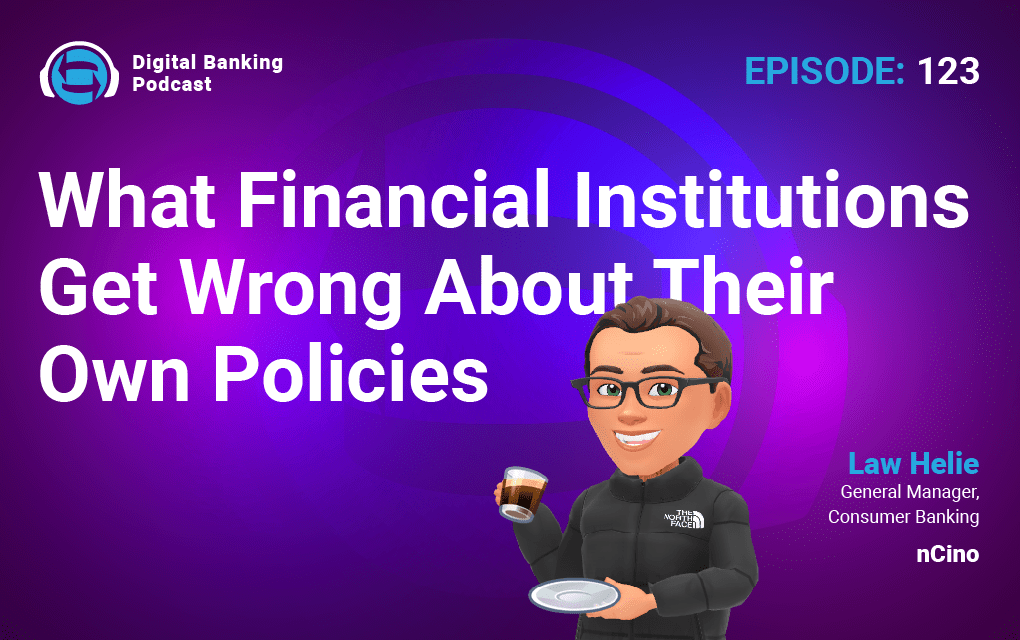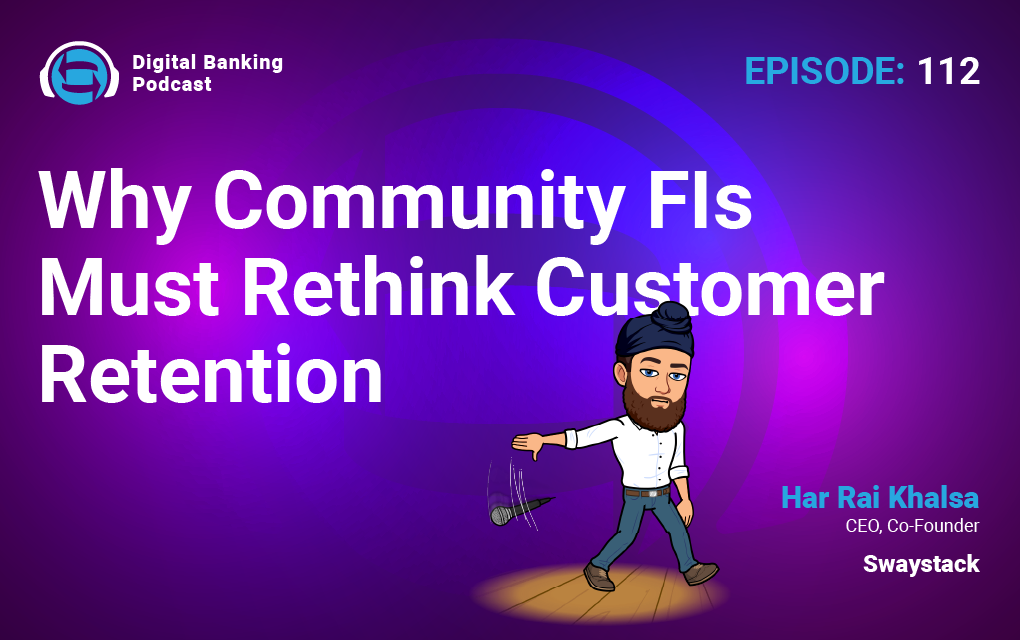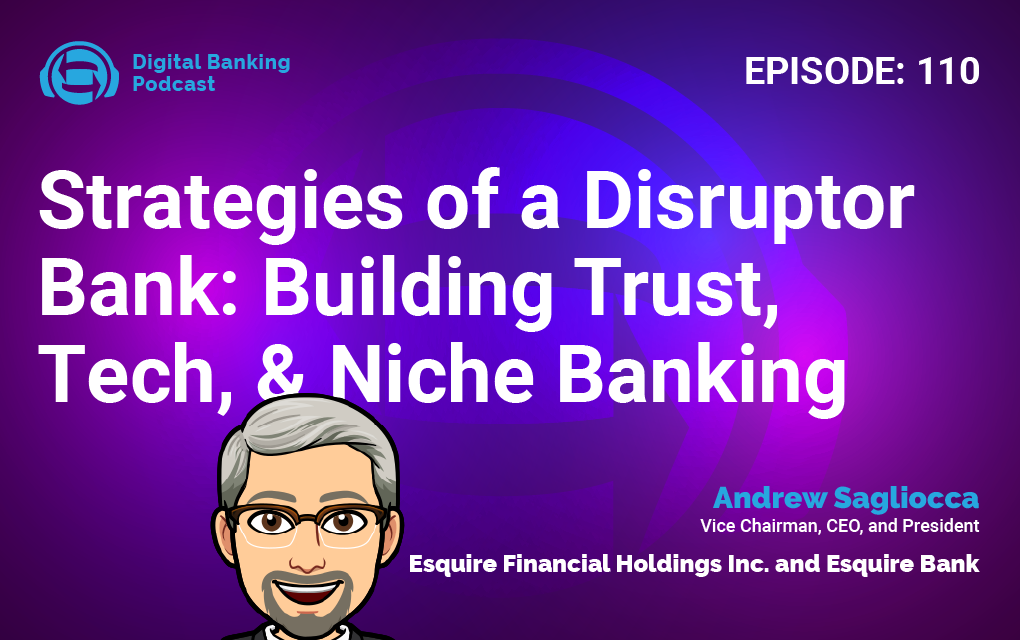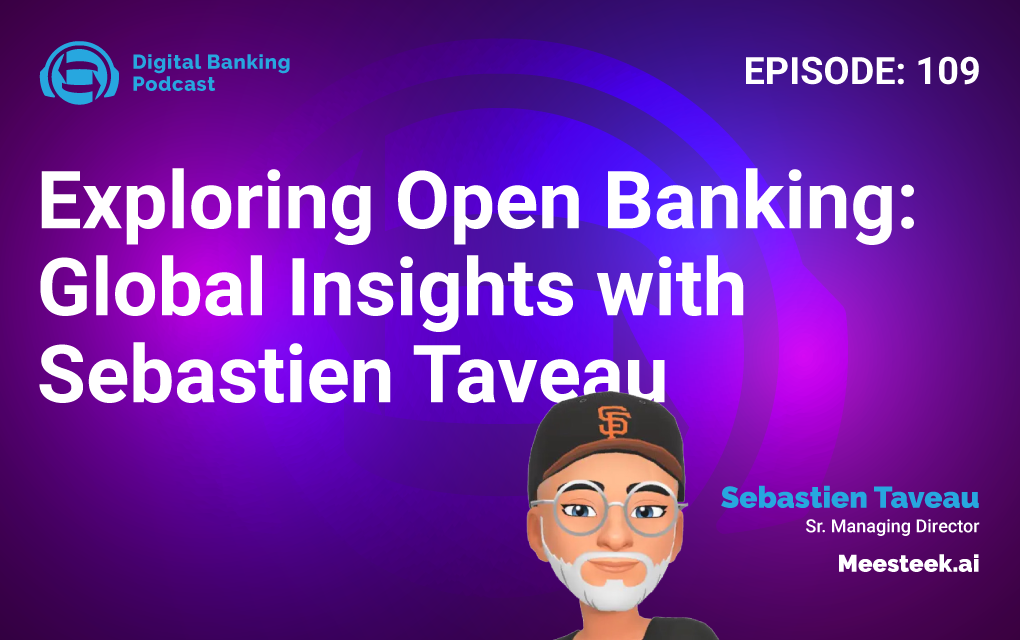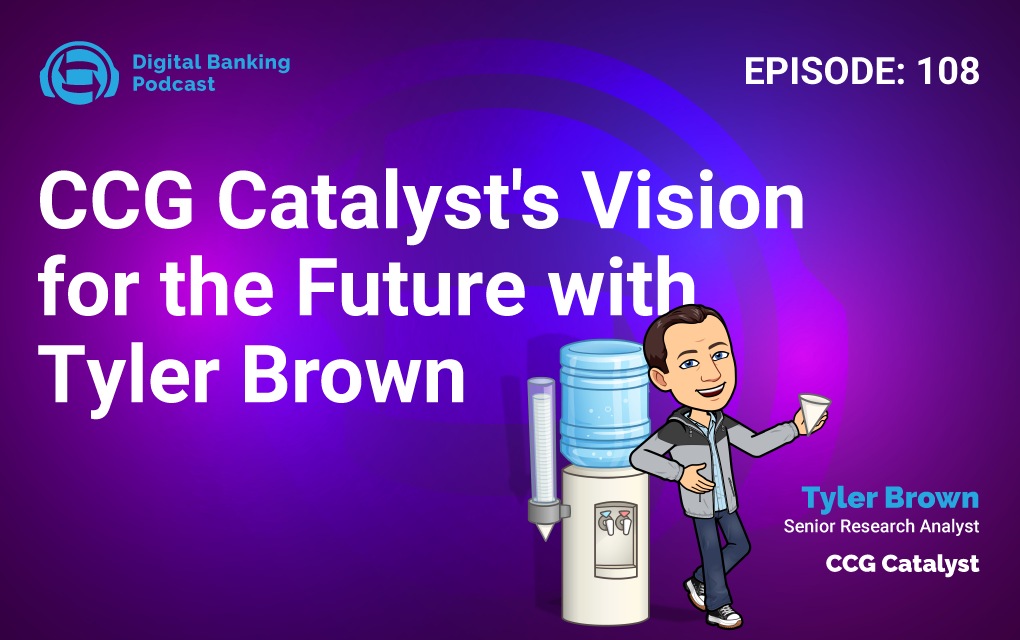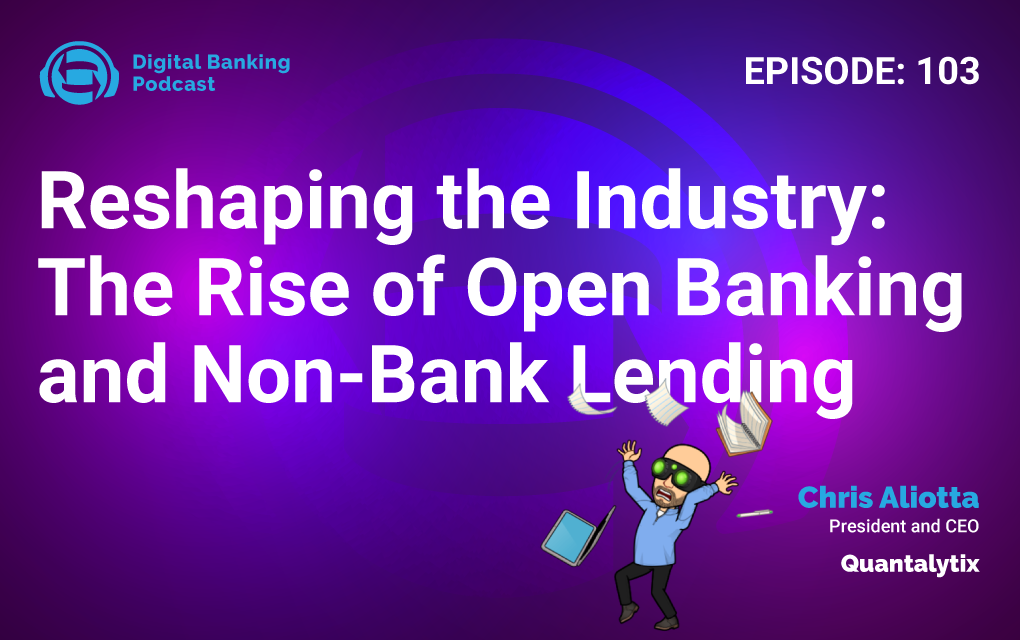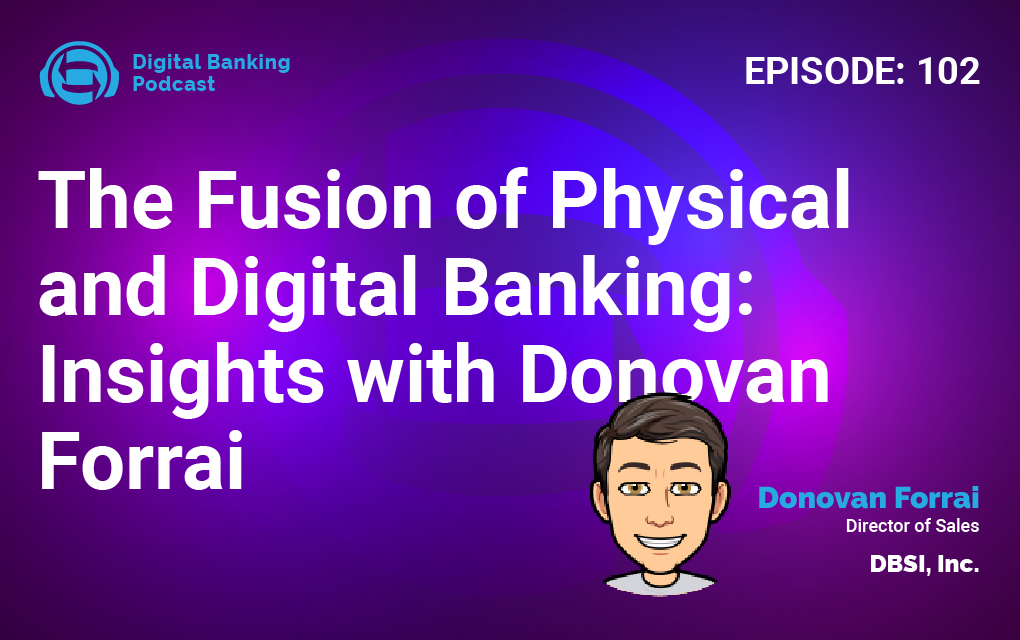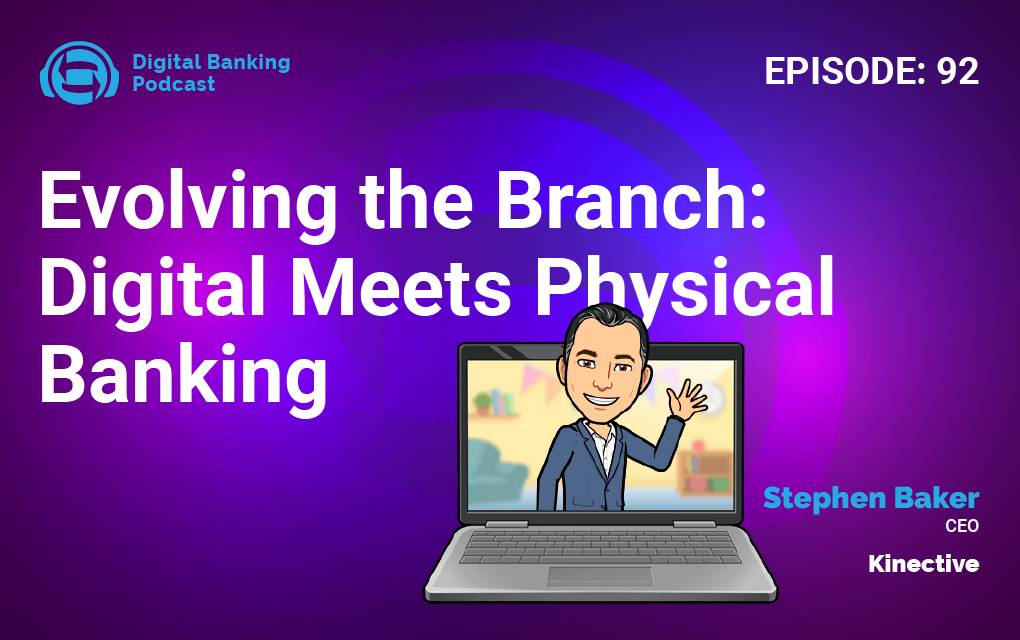Meeting Consumers’ Constantly Changing Expectations, with Jenn Markus of Glia
LISTEN NOW
“If you don’t have a very ironed-out, streamlined, easy, seamless, intuitive process that might have six questions instead of five, then users are more likely to abandon that process and go to somebody else that has a much easier and simplified application process.”
Episode Summary
By now it should be clear to all community financial institutions that digital transformation is both imperative and a never-ending endeavor. Technology keeps changing, which means that consumer expectations keep changing, which means that FIs must keep changing just to keep up. It’s not easy.
In this episode of the Digital Banking Podcast, Josh DeTar welcomed Jenn Markus, the Director of Technology Partnerships at Glia. two discussed how companies can engage consumers and lead them to successful service outcomes, how companies should interact with consumers in the digital environment, and why communication is so important. Markus also explained the intricacies of payment processing.
⚡ Credit Unions: A Deep Connection to Local Communities:
Stang emphasized the unique understanding credit unions have of their local communities. He discussed the diversity of credit unions, from those serving ranching communities to those focused on education. This deep understanding of their market segments and the human element is a key strength of credit unions. Stang also shared the evolution of his grandfather’s credit union, highlighting the importance of adapting to changing market conditions while staying true to the core principles of credit unions.
⚡ The Evolution of Lending: A Personal Perspective:
Stang shared his personal experiences with lending in credit unions. He discussed how lending decisions were made based on the personal knowledge of the borrower, including their character and commitment to the community. He also talked about the unique lending practices for agricultural businesses, highlighting the importance of understanding the individual stories of each member. This insight underscores the personalized approach of credit unions in serving their members.
⚡ Navigating the Digital Transformation in Credit Unions:
Stang explored the future of credit unions in the digital age. He emphasized the need for credit unions to maintain their unique identity while embracing digital transformation. He discussed the challenges and opportunities presented by digital behemoths and new market entrants. This points to the need for credit unions to evolve while staying true to their fundamentals.
⚡ Consumer expectations are changing.
Markus drove home the point that how companies approach customer interactions in the digital environment is critical to long-term success. “When we think about our day-to-day interactions, everything’s on the screen. We’re doing everything through a virtual environment; everything’s digital. We have a lot of lofty expectations for how those interactions need to transpire, and we want them to be seamless. We want things to be easy. We want them to be convenient. If we hit a point of friction, we want to be able to have that resolved almost immediately. So there are a lot of companies that do this very well, and then there are a lot of companies that do this very poorly … People are very quick and specific to name the companies that do this very well and those that do it very poorly.”
⚡ Embedded finance is everywhere.
Today, consumers can obtain financial services from an endless number of sources, in an endless number of situations, delivering a micro-service to the consumer just when they need it. Markus calls this “embedded finance” and points to buy now, pay later (BNPL) and other point-of-sale financing options as one example. “A great example is financing your purchase at the point of transaction. You can pay via installments and interest-free installments with whoever that merchant or online retailer is.”
⚡ People take payment processing for granted.
Retail payments seem straightforward from the consumer perspective. The consumer swipes a card or enters their card information online and a payment comes out of their account. The back-end process is much more complicated, noted Markus. “When you’re making a purchase — you as the consumer — whether it’s online or at the physical store, you enter your payment information. There is a processor at the merchant who is taking that information, passing it to either Visa or Mastercard if it’s a signature-based transaction or a PIN-based network if it’s going to be a pin-based transaction. They go through a series of checks and balances within that payment network. Then they hand it off to the processor that is working with the financial institution. That’s the issuing processor. So they have their own set of checks and balances, expiration date matching, CVV, CVC value — there’s a ton of them. Then they hand that transaction off to the core processor, which then checks the account holder’s status, approves or denies that purchase, and then sends it back through that process until it goes back to the merchant with either a yes or no.” This all happens in a matter of seconds.
All of this can be summed up to say, consumers don’t necessarily know or really even care to know what it takes to make “seamless banking” work, they just expect in 2022… it should.
About The Guest
Jenn has worked with financial institutions of various sizes serving diverse market segments. At Glia, she works with digital banking partners to ensure optimal consumer experiences are delivered, regardless of the channel. Together with strategic partners, Jenn designs and implements strategies that enable financial institutions to offer exceptional accountholder service.



